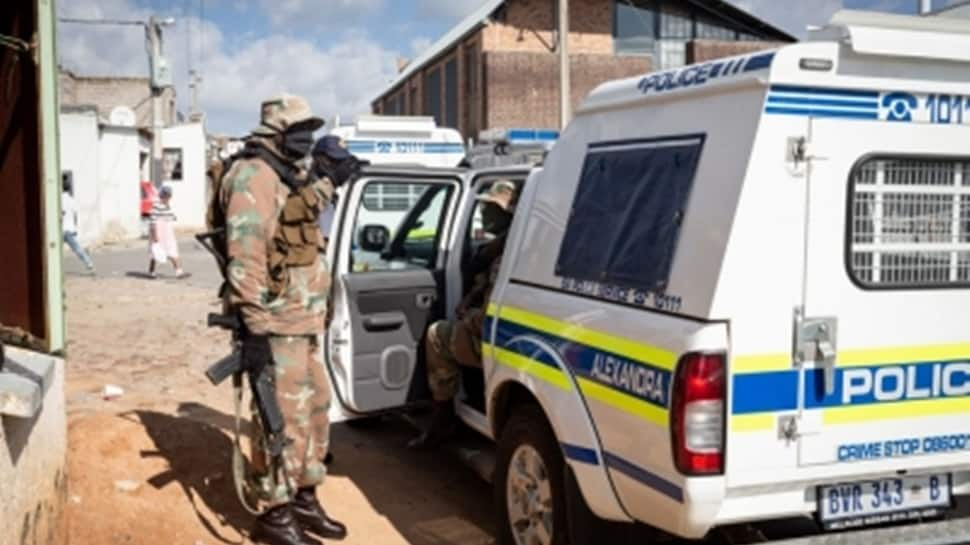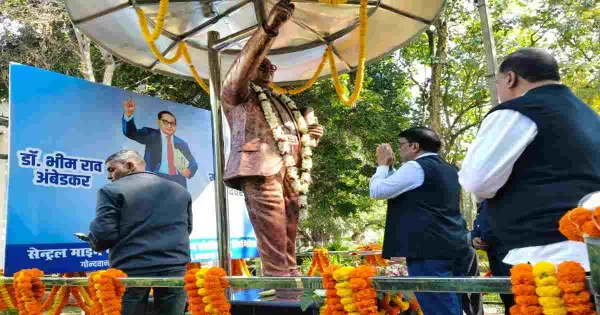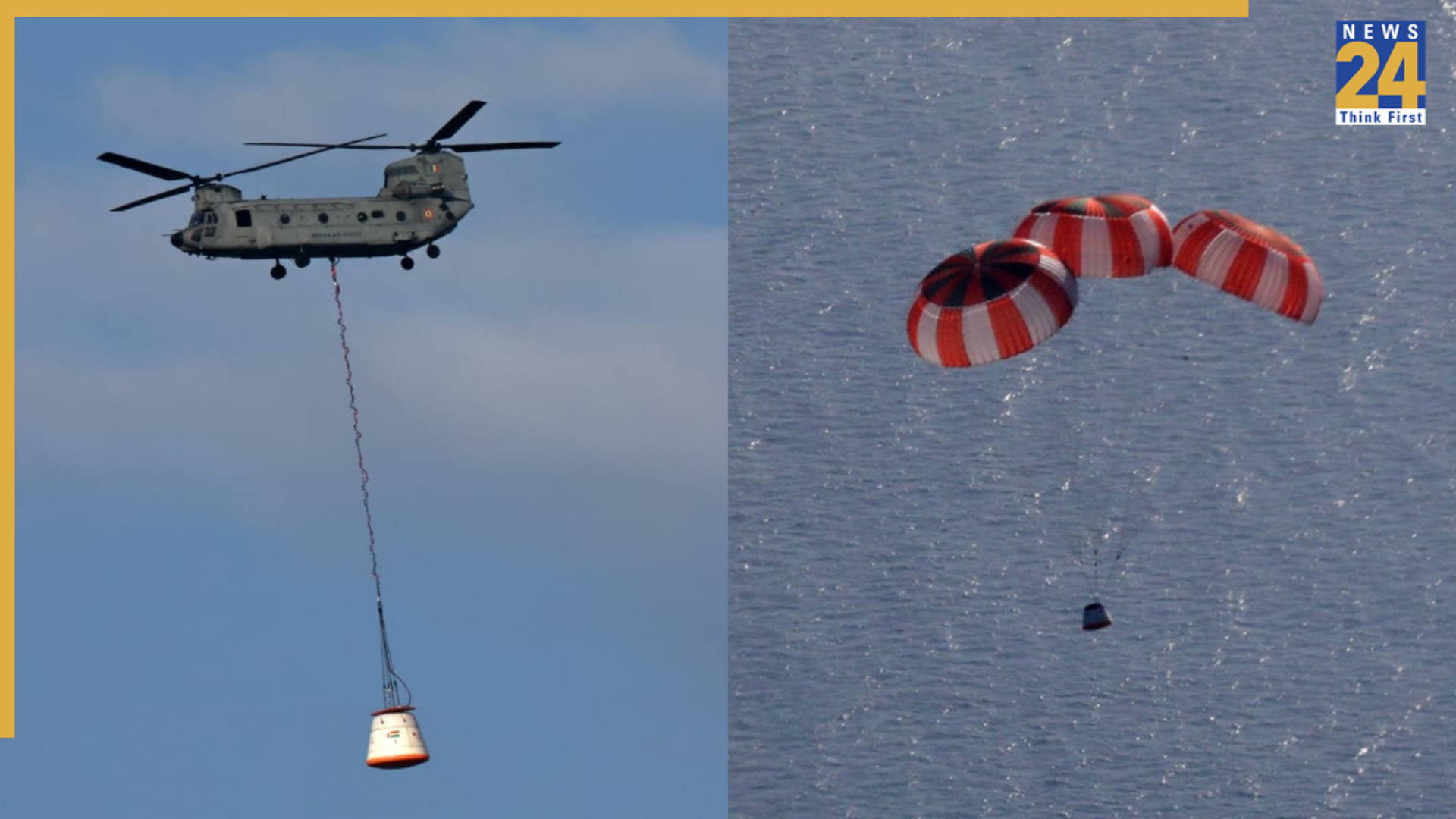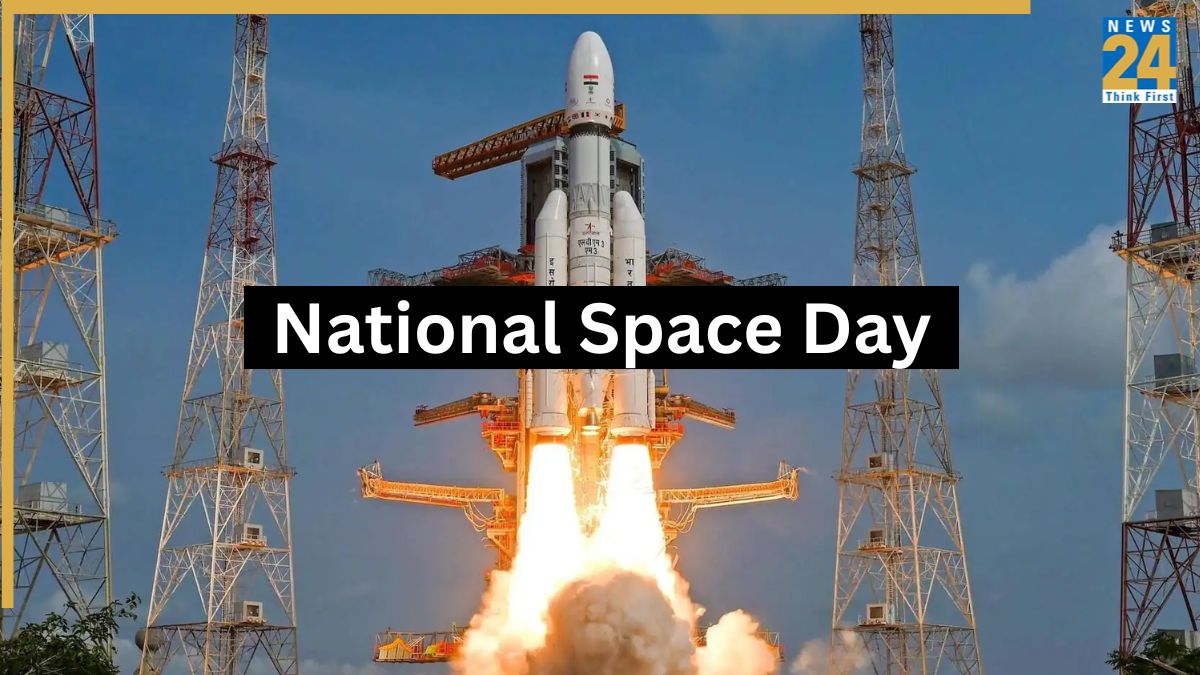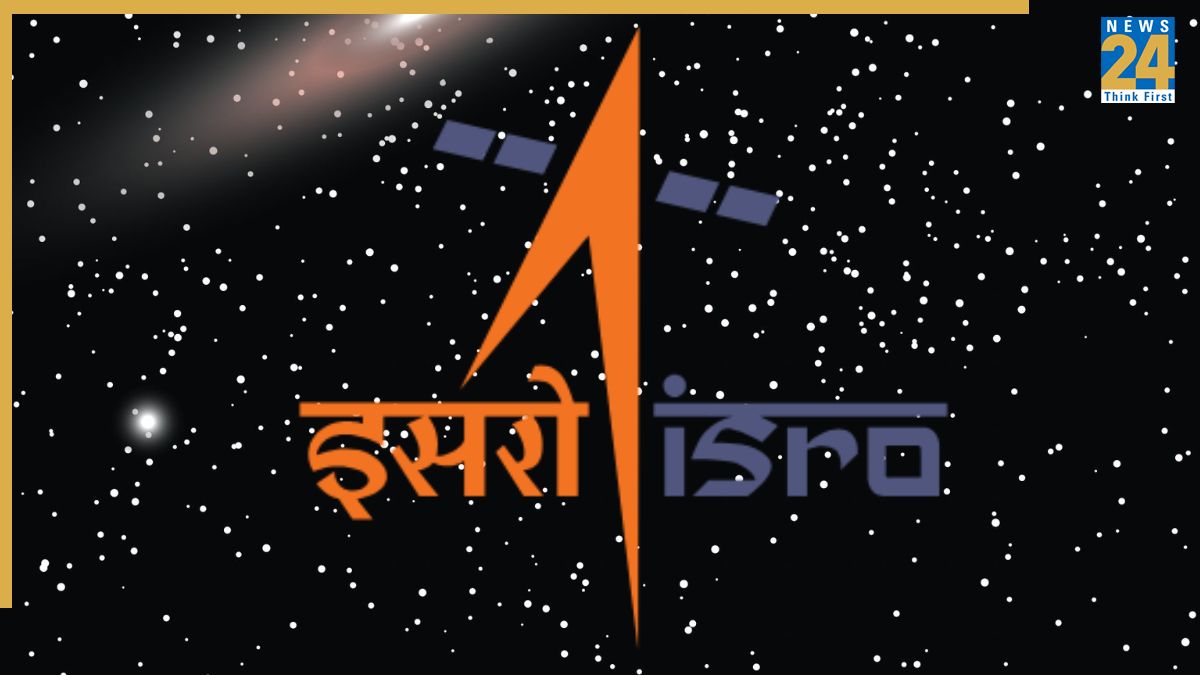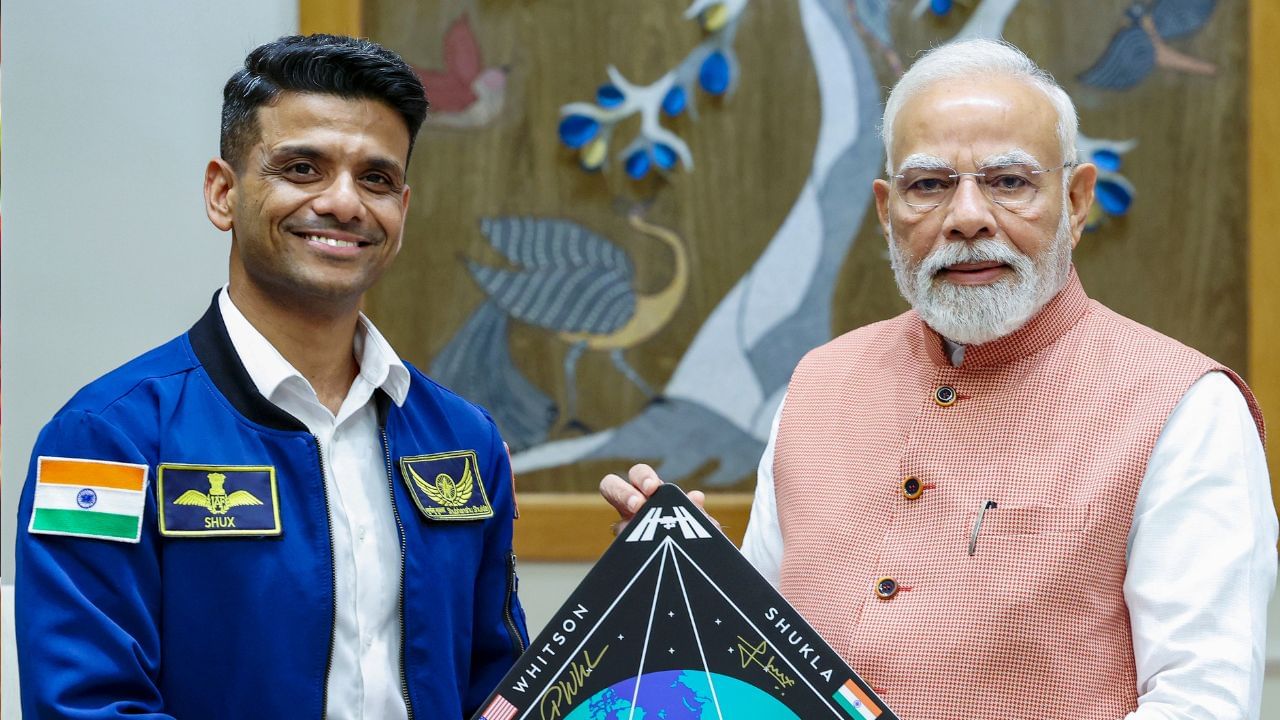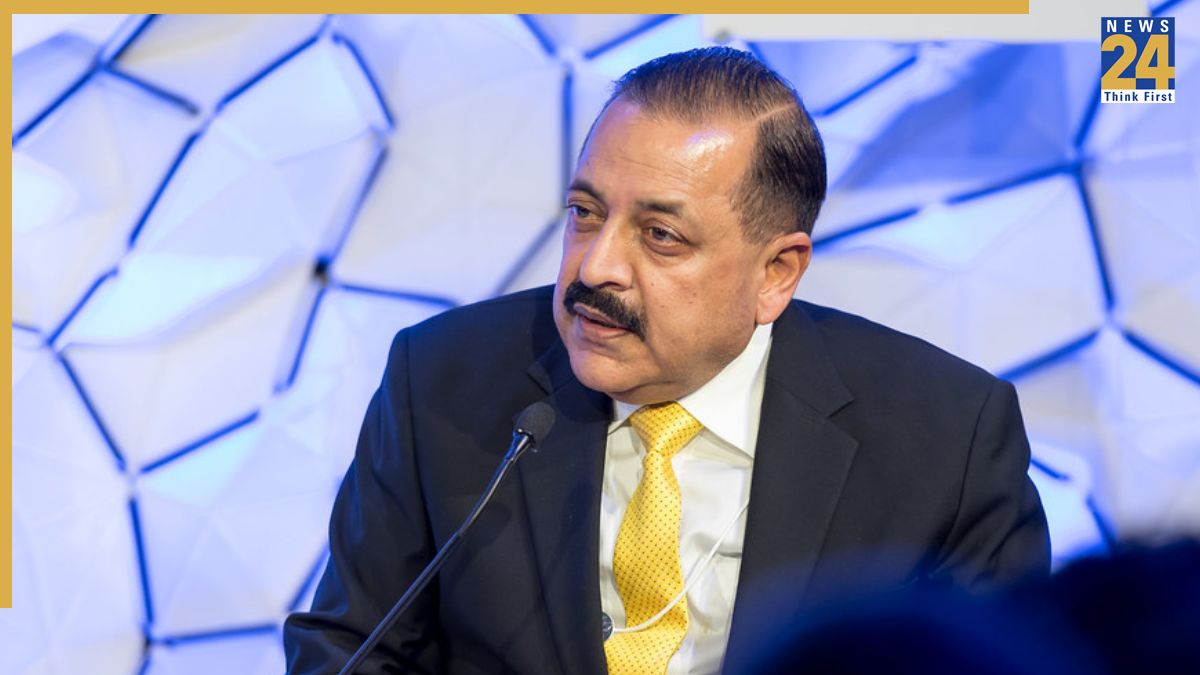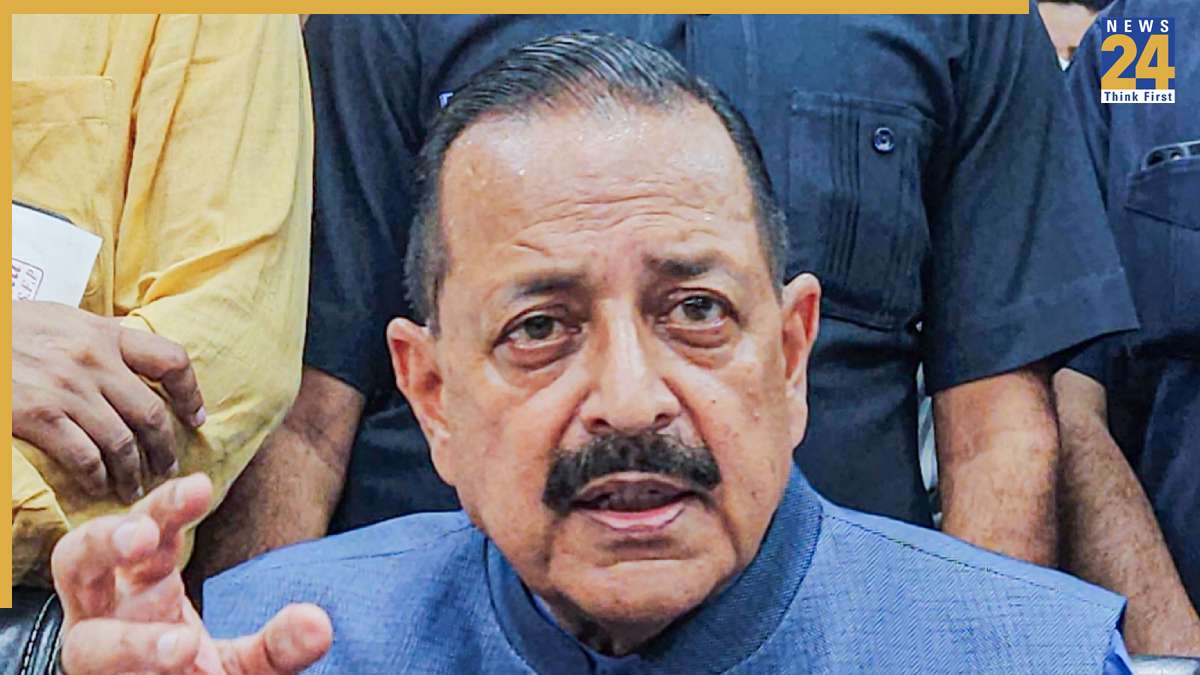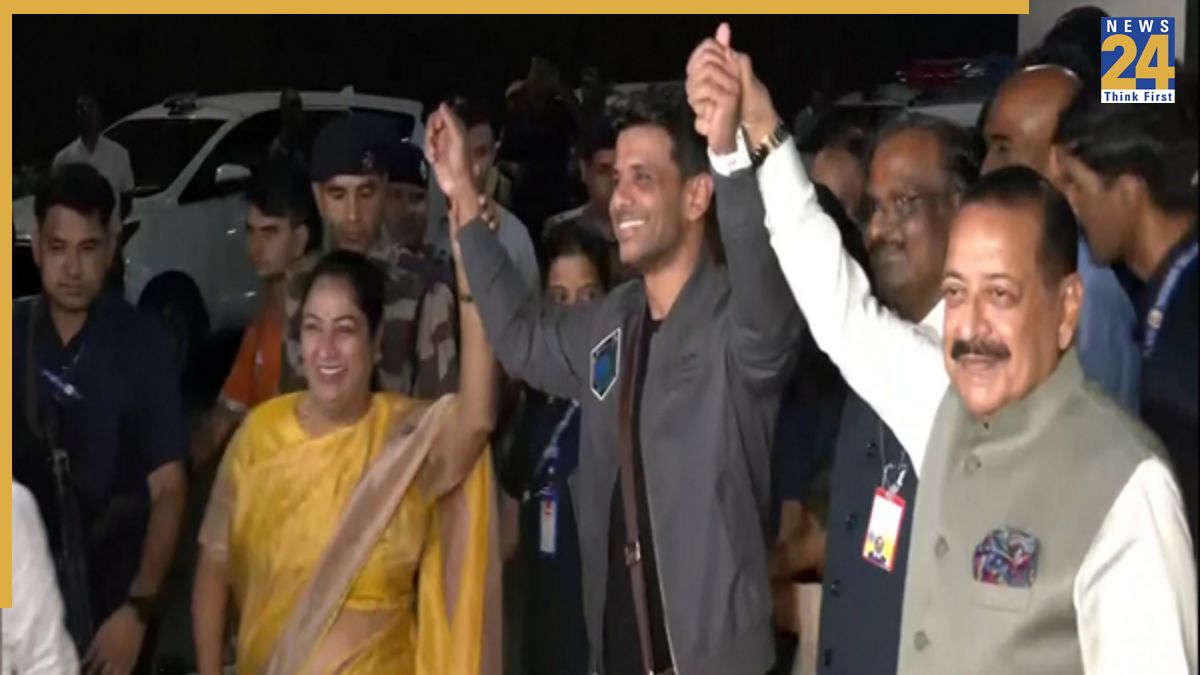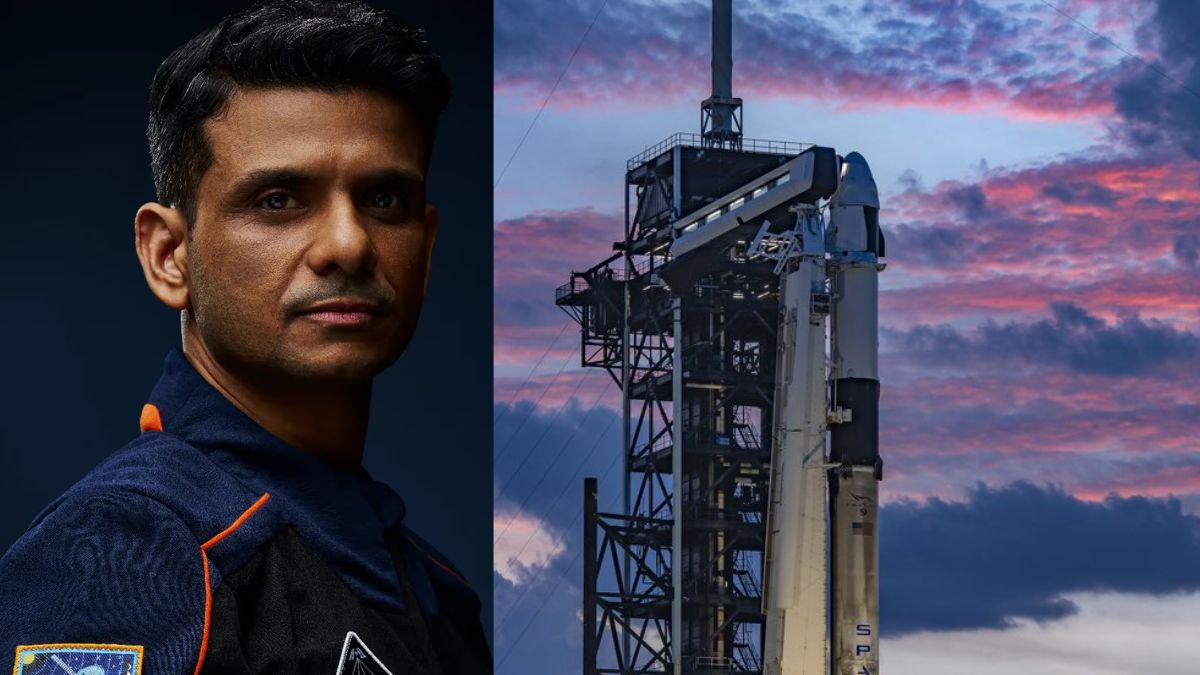Subscribe to Updates
Get the latest creative news from FooBar about art, design and business.
Browsing: Gaganyaan
External Affairs Minister S. Jaishankar is scheduled to hold discussions with Russian Foreign Minister Sergey Lavrov in Moscow. Rahul Gandhi will participate…
Prime Minister Narendra Modi met with Group Captain Shubhanshu Shukla, the pilot from the Axiom-4 space mission to the International Space Station…
India Outlines Ambitious Space Exploration Goals: Moon Landing by 2040, Space Station by 2035
The Union Minister of State for Science and Technology highlighted India’s advancements in the space sector, noting that scientific experiments conducted by…
Union Minister of State for Science and Technology, Jitendra Singh, voiced his criticism of opposition parties on Monday, expressing surprise at their…
Astronaut Shubhanshu Shukla Returns to Delhi After Axiom-4 Mission, Greeted by Dignitaries
Indian astronaut Group Captain Shubhanshu Shukla arrived in New Delhi on Sunday, following the successful completion of NASA’s Axiom-4 (AX-4) mission. He…
During his address to the nation from the Red Fort on the 79th Independence Day, PM Narendra Modi announced India’s plan to…
The Axiom-4 mission, carrying Indian astronaut Shubhanshu Shukla, is scheduled to launch on Wednesday, June 25, at 12:01 PM (IST). Following multiple…
